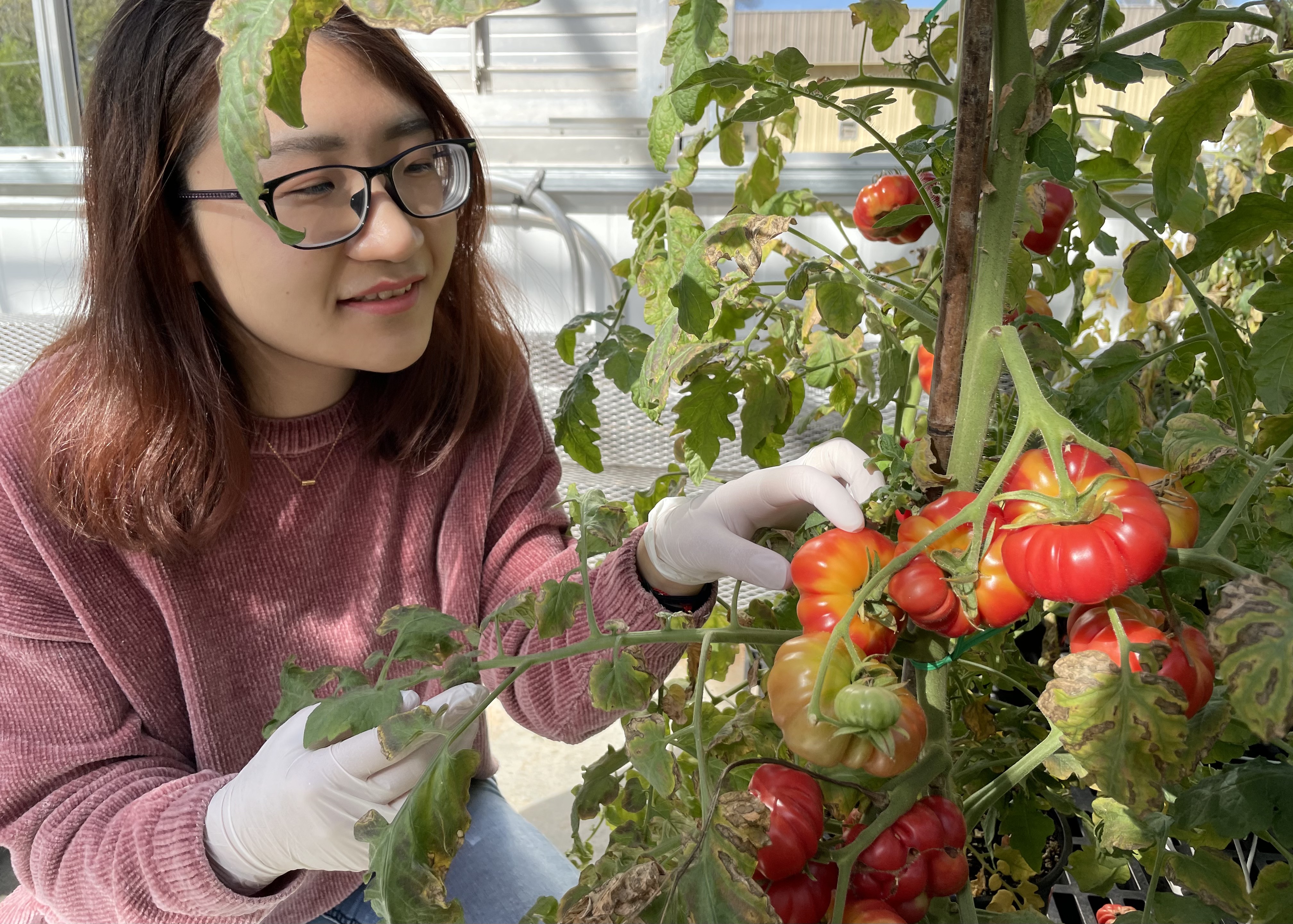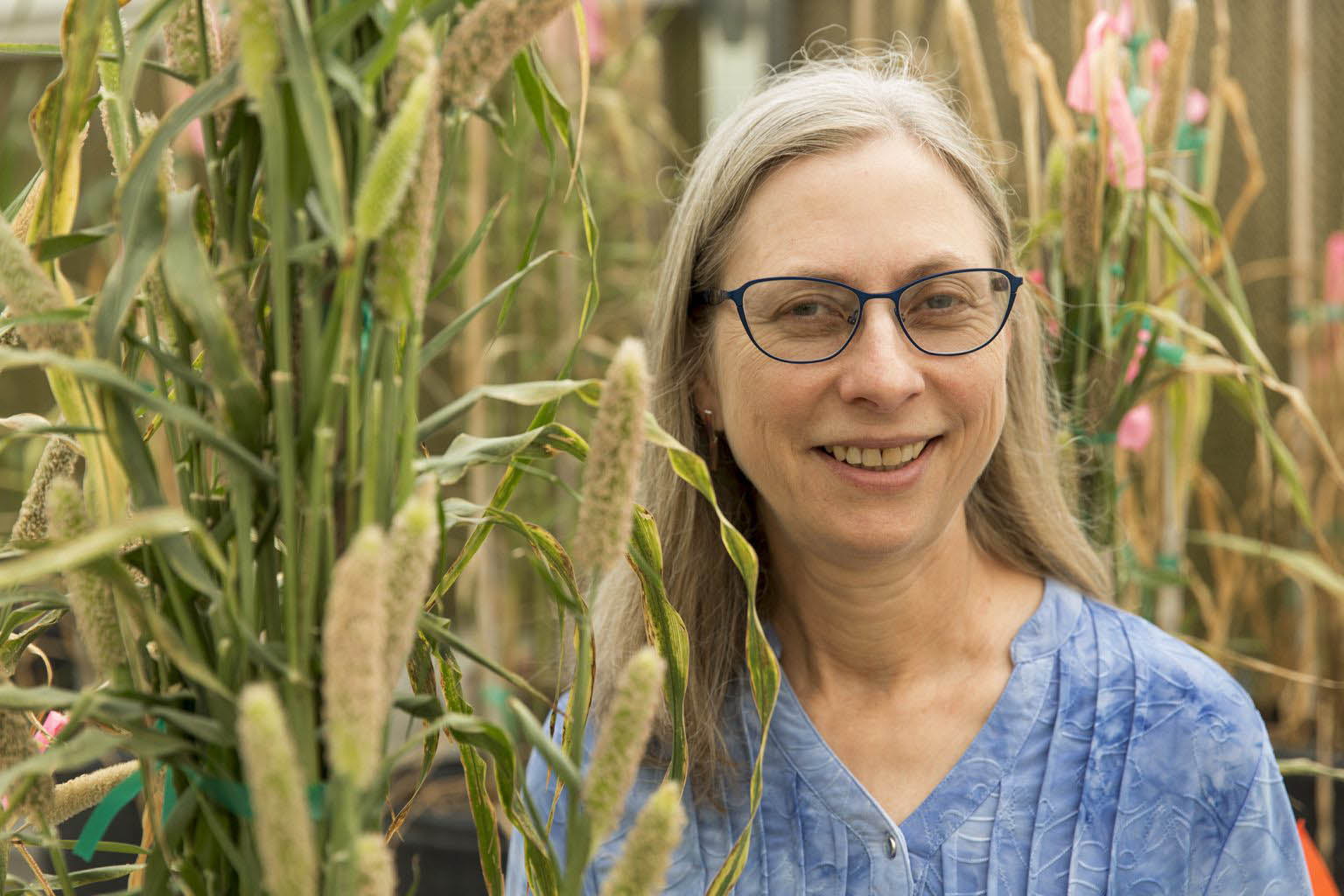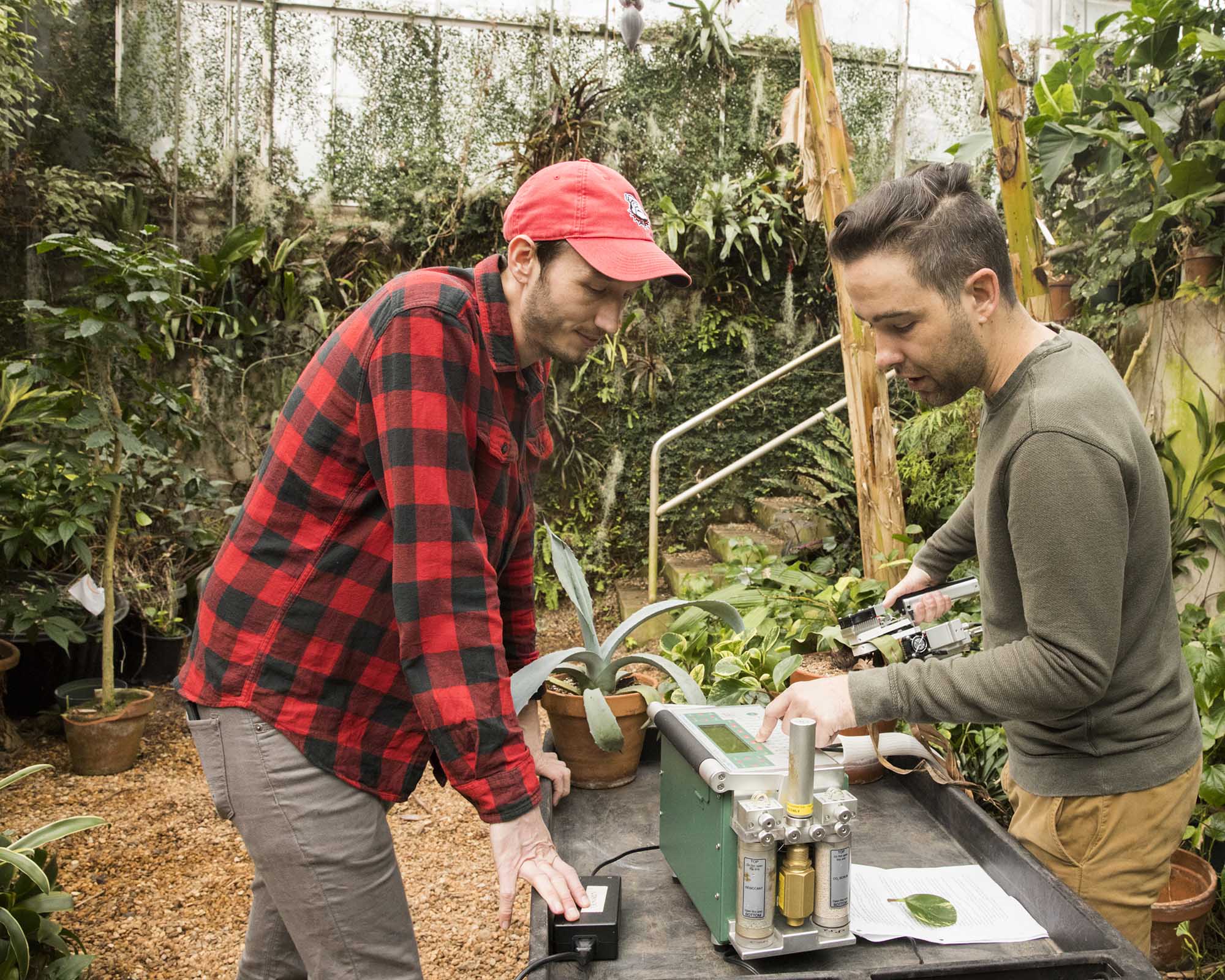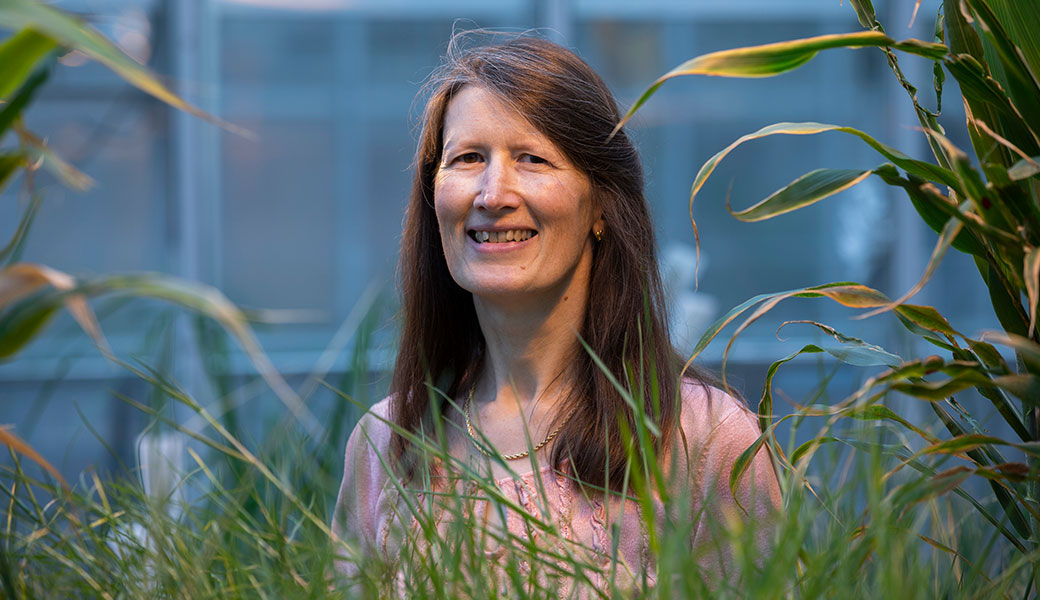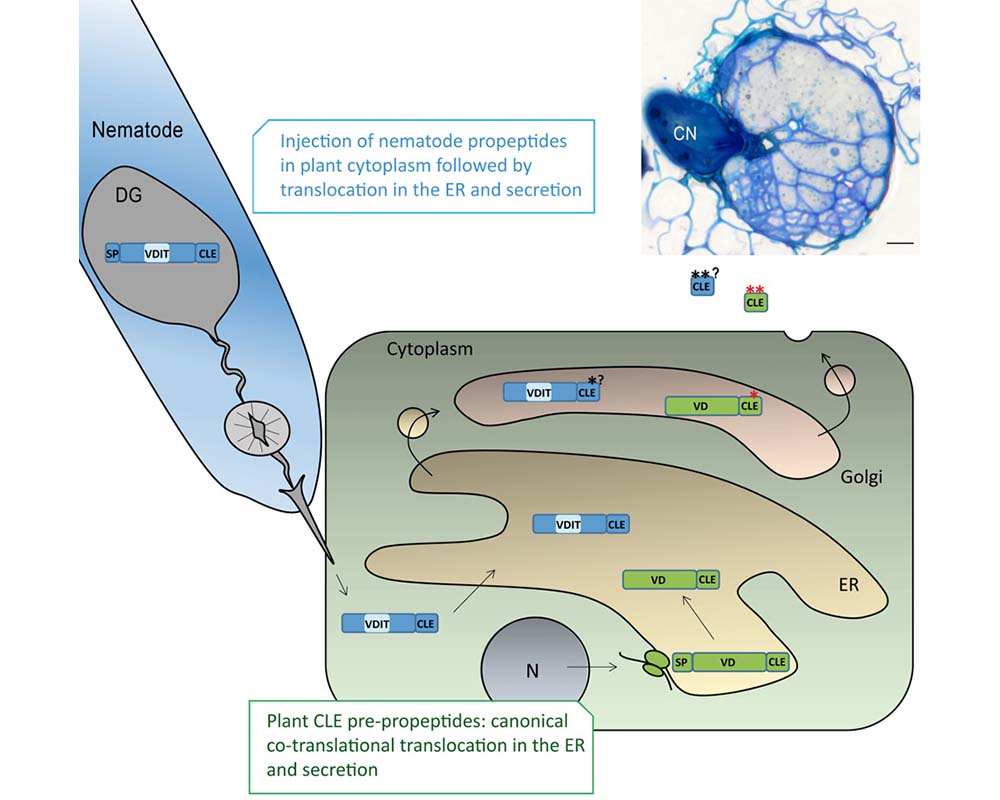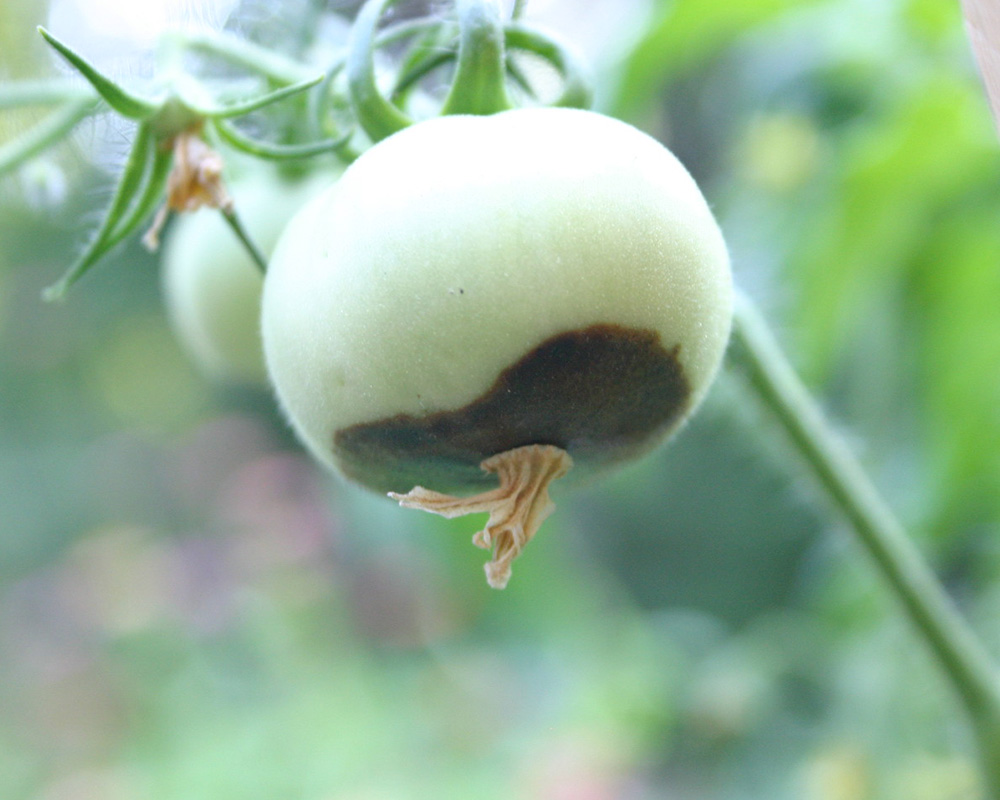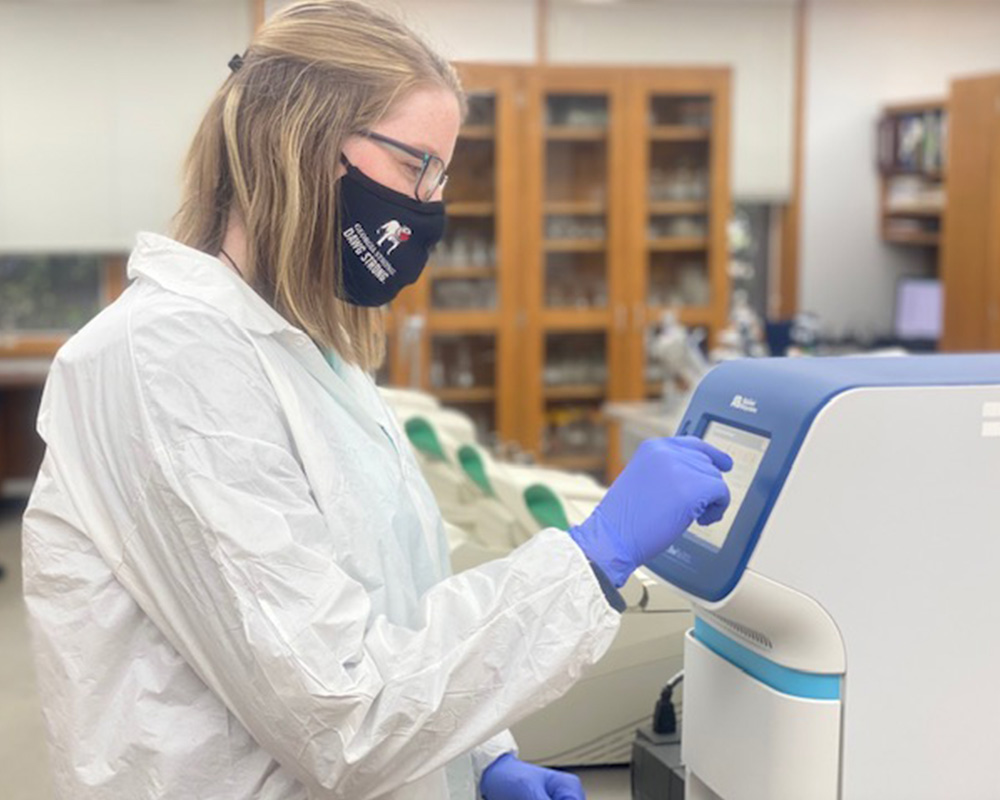 CAES News
CAES News
2021 Borlaug Undergraduate Scholar
Samantha Wegener enrolled at the University of Georgia’s Tifton campus after earning her associate’s degree in biology from the Technical College of the Lowcountry in Beaufort, South Carolina. It was during her last semester in Beaufort that Wegener was introduced to the world of plant breeding.

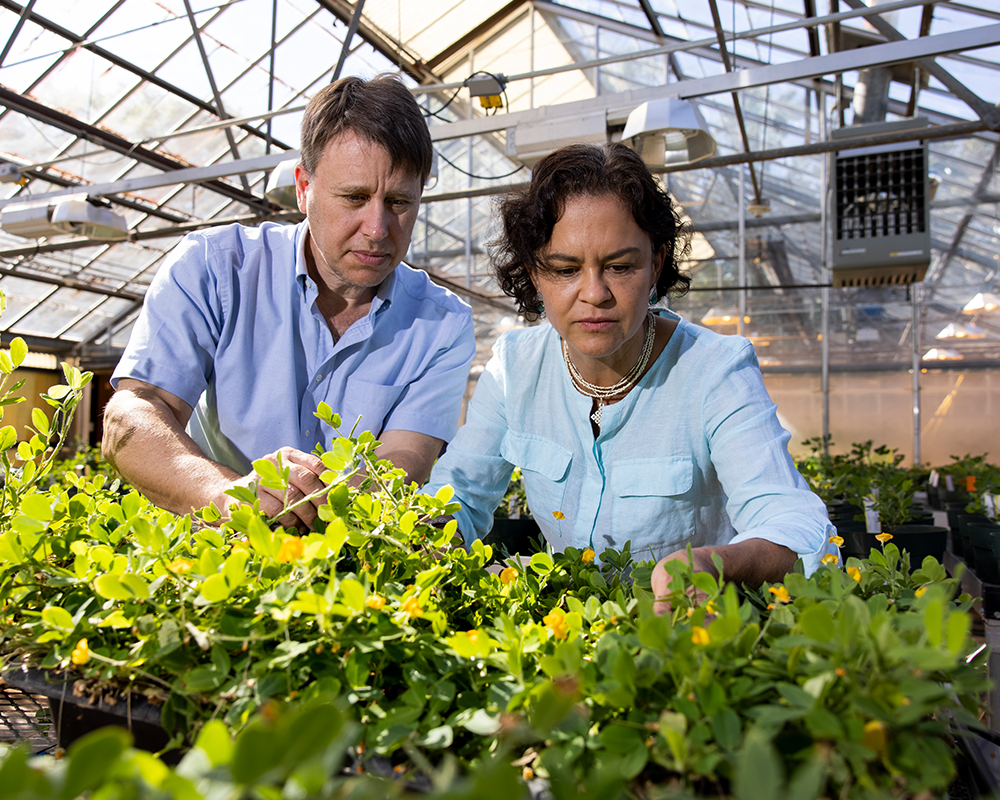
.jpg)
